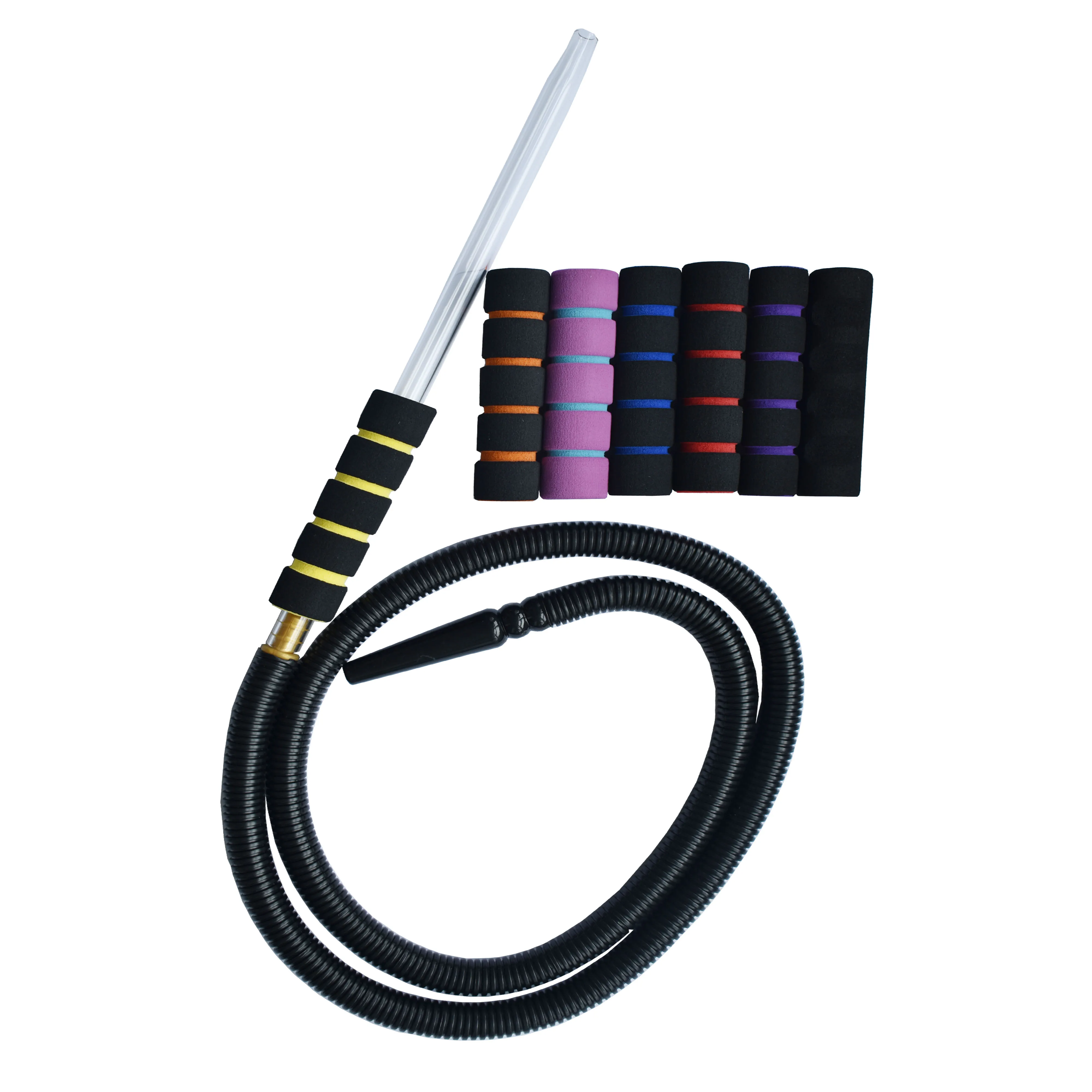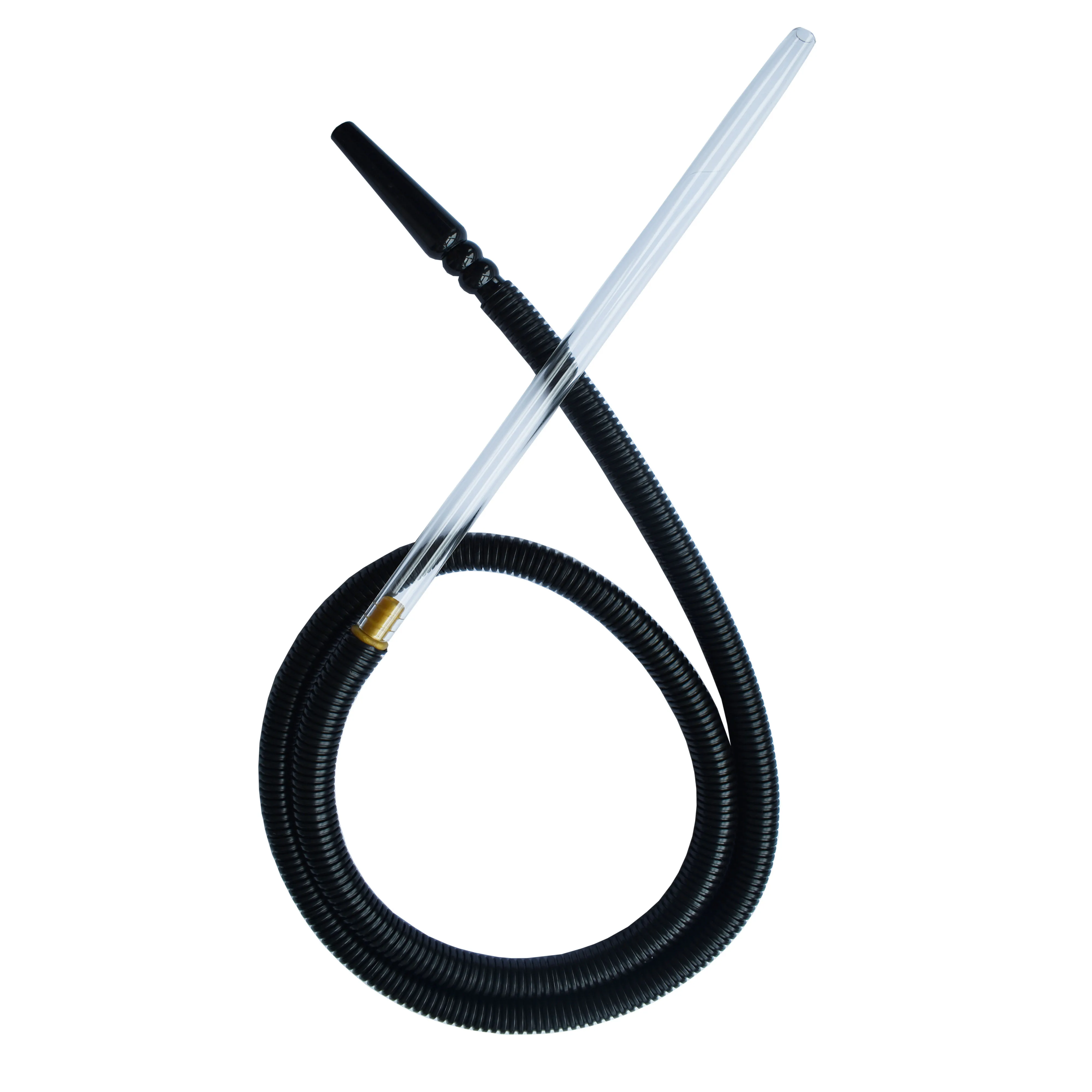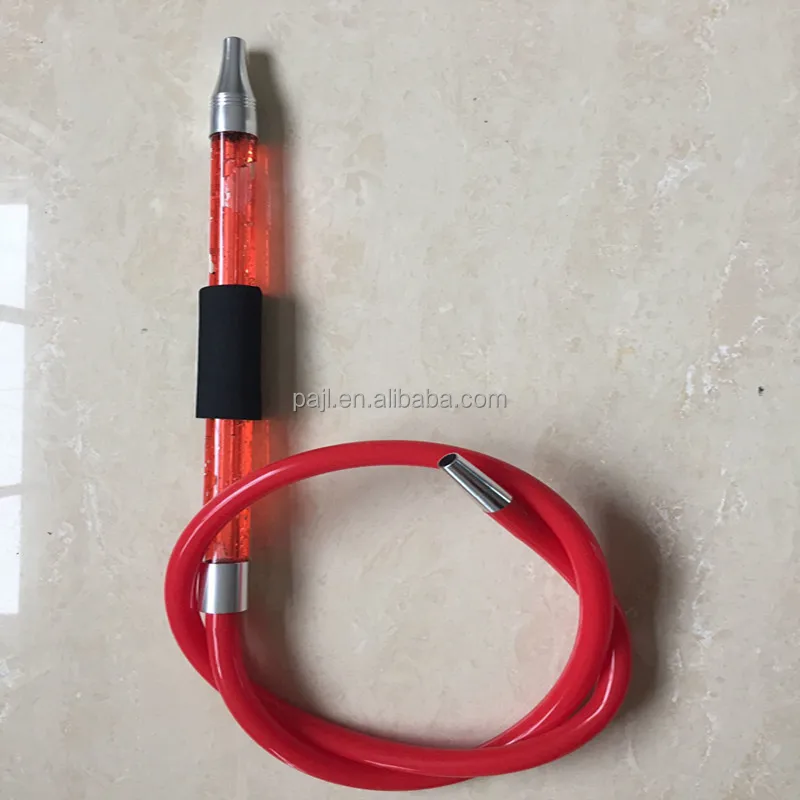
195CM נרגילה נרגילות סיליקון צינור הקפאה מהירה עם ספוג ידית מגניב על ידי קרח Nargile Chicha מים אביזרי עישון|חוטר ואביזרים| - AliExpress

Amazon.com: צינור נרגילה Shisha צינור נרגילה קטיפתי רחיץ 1.8 מטר עם שקית קרח מיני קצה פה ניתן להסרה צינור עשן נרגילה אביזרי נרגילה (שחור) : טיפוח הבריאות והבית

קנו מערכי מגרש hebrew במחירים נמוכים - גלרית תמונות hebrew סיטונות זמינה באתר קרח צינור נרגילה alibaba.com.

Amazon.com: M. ROSENFELD מתאם ופיה נרגילה - צינור נרגילה סיליקון ניתן לניקוי (152.4 ס"מ) ופיה נוחה עשויה אלומיניום (38.1 ס"מ) נרגילות ואביזרים מודרניים : טיפוח הבריאות והבית

195CM נרגילה נרגילות סיליקון צינור הקפאה מהירה עם ספוג ידית מגניב על ידי קרח Nargile Chicha מים אביזרי עישון|חוטר ואביזרים| - AliExpress

LOMINT קרח ג 'ל נרגילה צינור שחור רך מגע סיליקון צינור 1pc אביב Narguile Nargile אביזרי LM 541|חוטר ואביזרים| - AliExpress

נרגילה נרגילות הקפאה מהירה נרגילה פומית עם ספוג מגניב על ידי קרח נרגילות מתאים כל צינור ידית Narguile Chicha אבזרים|חוטר ואביזרים| - AliExpress

Amazon.com: צינור נרגילה Shisha צינור נרגילה קטיפתי רחיץ 1.8 מטר עם שקית קרח מיני קצה פה ניתן להסרה צינור עשן נרגילה אביזרי נרגילה (כחול) : טיפוח הבריאות והבית

195CM נרגילה נרגילות סיליקון צינור הקפאה מהירה עם ספוג ידית מגניב על ידי קרח Nargile Chicha מים אביזרי עישון|חוטר ואביזרים| - AliExpress

קנו מערכי מגרש hebrew במחירים נמוכים - גלרית תמונות hebrew סיטונות זמינה באתר קרח צינור נרגילה alibaba.com.

קרח חבילה נרגילות קירור עשן קרח צינור קפוא נרגילה צינור עם קרח טיפים - Buy נרגילה קרח צינור,קרח צינור נרגילה,קפוא Hokah Product on Alibaba.com

נרגילה צינור בתפזורת האחרון עם קרח תיק נייד נרגילות נירוסטה חדש אופנה ידית מיני חד פעמי Oem/odm Led נחש נרגילות - Buy Chicha Electrik גדול צינור נרגילה חדש אופנה זכוכית צינור חיסול













